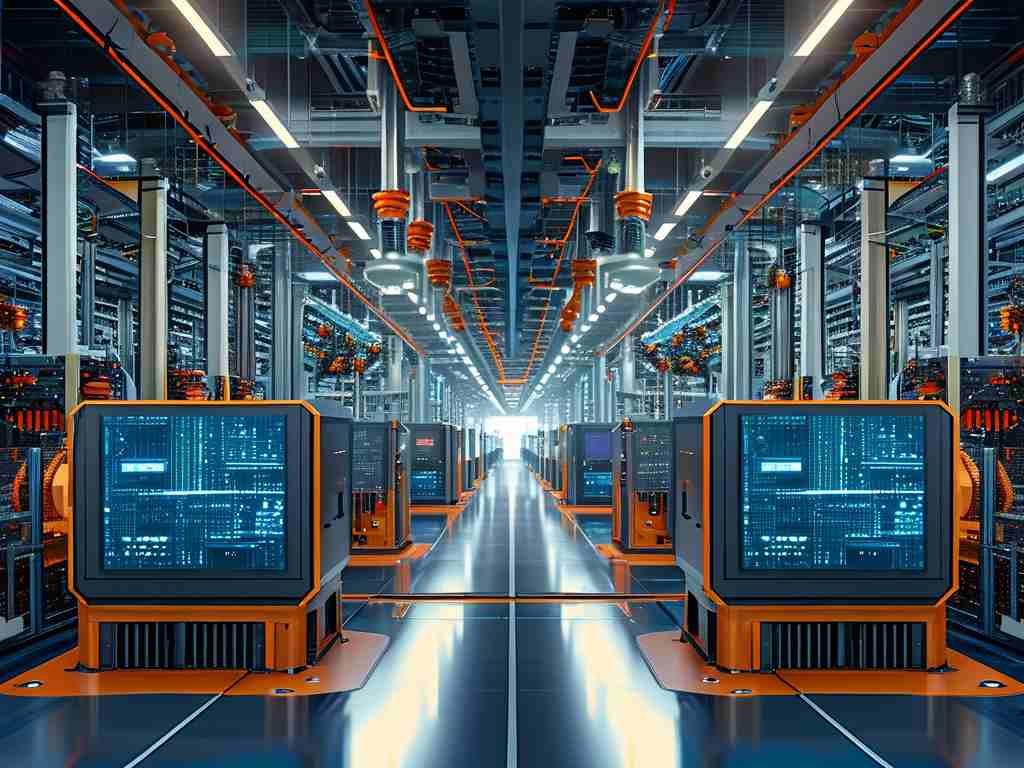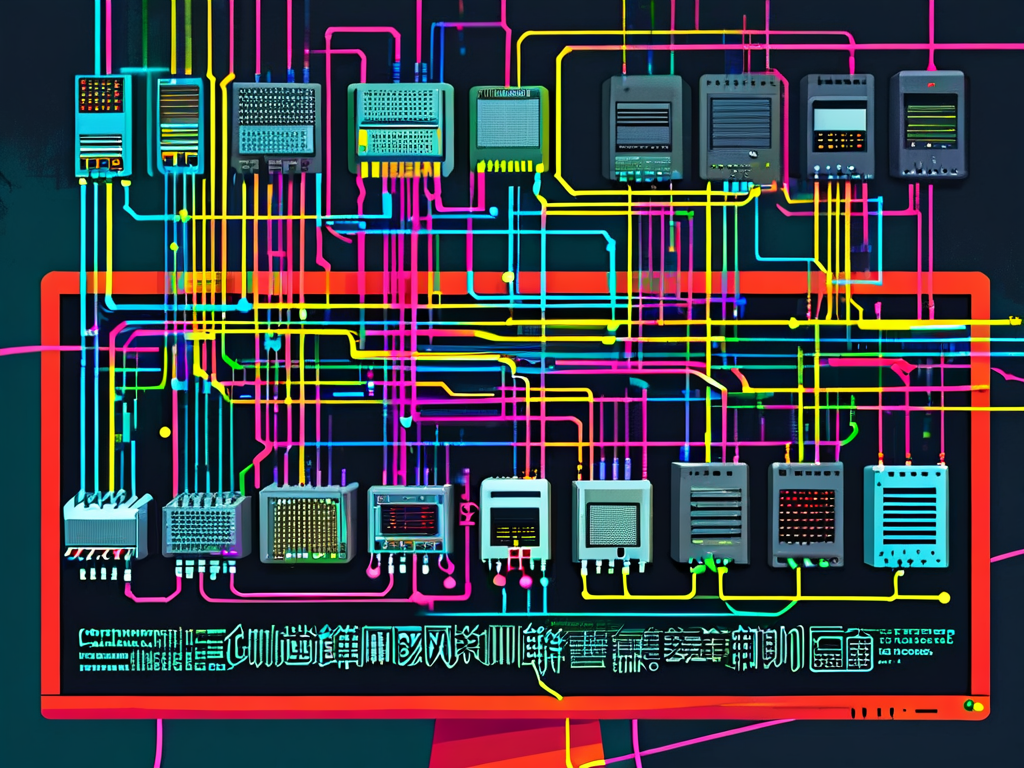The evolution of modern engineering systems has given rise to innovative frameworks like electrically controlled distributed architecture, a design philosophy reshaping industries ranging from automotive manufacturing to industrial automation. This article explores its core principles, implementation advantages, and real-world use cases while addressing technical challenges and future trends.

Core Principles
Electrically controlled distributed architecture refers to a system design where control functions are decentralized across multiple interconnected modules rather than relying on a centralized processing unit. Each module operates independently while communicating through standardized protocols like CAN (Controller Area Network) or Ethernet. For instance, in electric vehicles, subsystems such as battery management, motor control, and thermal regulation are handled by dedicated electronic control units (ECUs) that collaborate seamlessly. This approach contrasts with traditional centralized systems, where a single ECU manages all operations, creating potential bottlenecks.
Technical Advantages
One standout benefit is enhanced scalability. Engineers can modify or expand system capabilities by adding or updating individual modules without overhauling the entire network. Automotive manufacturers leverage this flexibility to introduce new features like advanced driver assistance systems (ADAS) through software updates or hardware plug-ins.
Another advantage lies in fault tolerance. If one module fails, others continue functioning, minimizing system-wide downtime. Tesla's "zone-based" electrical architecture exemplifies this: critical functions like braking and steering remain operational even if a specific ECU malfunctions. Redundancy mechanisms further reinforce reliability—a necessity in safety-critical applications like autonomous driving.
Implementation Challenges
Despite its merits, implementing distributed architectures requires addressing synchronization complexities. For example, coordinating timing across ECUs in real-time applications (e.g., engine control) demands precise clock alignment. Automotive engineers often employ time-triggered protocols like FlexRay to ensure deterministic communication.
Security also poses challenges. Distributed systems expose multiple attack surfaces, requiring robust encryption and intrusion detection mechanisms. The 2022 cybersecurity breach in a European carmaker’s telematics system highlighted vulnerabilities in loosely coupled networks, underscoring the need for end-to-end encryption and secure boot protocols.
Industry Applications
-
Automotive Sector
Modern vehicles like the Rivian R1T pickup utilize distributed architectures to manage up to 70 ECUs. These handle tasks from adjusting suspension settings during off-road driving to optimizing energy consumption based on terrain. BMW’s latest iX model uses a domain-centric design, grouping related functions (e.g., powertrain, infotainment) under dedicated controllers. -
Industrial Automation
Factories adopting Industry 4.0 standards deploy distributed control systems (DCS) to monitor production lines. ABB’s Ability™ platform connects sensors, robots, and quality control systems via edge computing nodes, enabling real-time adjustments without central server dependency. -
Smart Infrastructure
Smart cities employ distributed architectures for traffic management. In Singapore, adaptive traffic lights communicate with vehicle-to-infrastructure (V2I) systems to optimize signal timing, reducing congestion by 22% during peak hours.
Future Directions
Emerging technologies like 5G and AI are pushing distributed architectures toward greater autonomy. NVIDIA’s DRIVE Thor platform integrates AI accelerators within ECUs, allowing vehicles to process sensor data locally while sharing insights across the network. Similarly, quantum-resistant encryption algorithms are being tested to future-proof communication protocols against next-gen cyber threats.
Electrically controlled distributed architecture represents a paradigm shift in system design, balancing modularity with robustness. While challenges like synchronization and security persist, ongoing advancements in connectivity and computational power continue to expand its applicability. From self-driving cars to smart grids, this framework is poised to underpin the next wave of technological innovation, making systems smarter, safer, and more adaptable than ever before.


